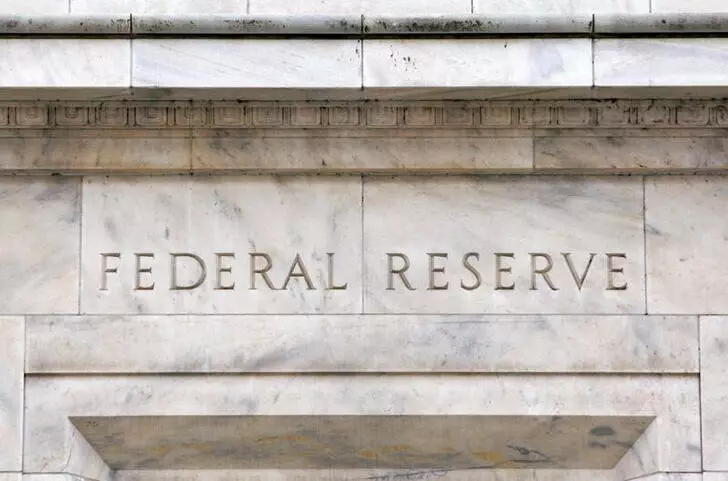The decision by the US Federal Reserve to initiate a new cycle of rate cuts marks a significant shift in its monetary policy. As the Federal Open Market Committee (FOMC) recently announced a reduction in its benchmark interest rate to a range of 4.75% to 5.0%, analysts from Yardeni Research have raised important questions about the implications of this easing. Historically, the Fed has often resorted to cutting rates in response to emerging financial crises; however, this time, it may be navigating into what could be a thriving economic landscape.
The recent rate cut represents the first decrease in borrowing rates since March 2020. This move arrives after a prolonged period of high rates, which were maintained at levels not seen in over two decades. Yardeni Research points out a stark contrast between past easing cycles and the current situation, where declines were typically a reaction to significant financial turmoil leading to recessions. Instead of a crisis-driven scenario, the current context suggests that rate cuts are being employed even when the economy shows potential for growth.
Historically, the Federal Reserve has often reduced the federal funds rate during economic downturns. Since 1960, the central bank has cut interest rates by over 500 basis points in an average easing cycle. However, analysts note that typical easing cycles began with the federal funds rate at significantly higher levels than those prevailing today. The current market anticipations, especially in the federal funds futures market, are forecasting an additional 200 basis points in cuts within the coming year, which raises critical questions about the potential consequences of such aggressive monetary adjustments.
Analysts at Yardeni Research emphasize the risks associated with rapid reductions in the federal funds rate. They caution that if the Fed continues to lower rates aggressively, it could catalyze an economic boom characterized by robust growth but accompanied by inflationary pressures. This scenario bears the potential for vast fluctuations in financial markets, reminiscent of the market developments observed in the 1990s when optimism spurred notable growth rates.
The possibility of a financial “melt-up” presents an intriguing concern. If the economy accelerates too quickly, leading to unsustainable growth, it may create a volatile environment ripe for correction. This phenomenon could significantly impact asset prices, particularly in the stock market, inviting risks that could overshadow the immediate benefits of lower borrowing costs. The interplay between stimulating growth and maintaining stable inflation will be critical as the Fed navigates these waters.
The Fed’s recent decision to cut interest rates opens up a complex dialogue about economic stability and the potential for future growth. Striking the right balance between fostering economic expansion and mitigating inflationary risks will prove challenging. Observers will be keenly watching not only the outcomes of these rate cuts but also how financial markets respond in this new phase of monetary policy. The coming months could define both the Fed’s legacy in crisis management and the broader trajectory of the U.S. economy.


Leave a Reply